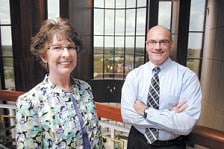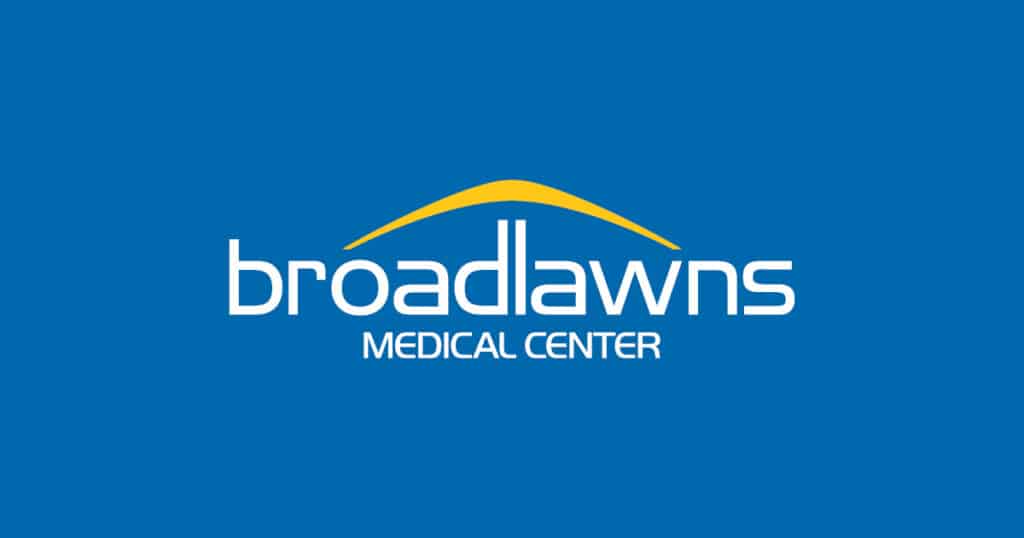Doctors to get help in shift to electronic records

When Dr. Robert Lee decided to install an electronic medical records system for his family practice clinic in Johnston in 2002, he had to choose from somewhere around 60 companies’ systems.
“I could see electronic records were coming, so I decided to switch over when I started my new office,” Lee said. “It was so intimidating; there weren’t enough sites that had already installed one in Iowa that I could visit.”
So he spoke with a a physician friend in South Carolina who had installed a system. “He was happy enough with his; that’s how I ended up choosing mine,” Lee said.
Today, officials estimate that more than 200 vendors are selling such systems, and many small physician groups are still wrestling with the costly and confusing process of upgrading from paper-based record systems.
Under the American Recovery and Reinvestment Act of 2009, better known as the stimulus bill, all physicians are required to not only install an electronic medical records system by 2015, but also prove they have achieved “meaningful use” of it as defined by the U.S. Department of Health and Human Services.
However, the same legislation also provided some assistance for small physician groups such as Lee’s.
Earlier this year, the Iowa Foundation for Medical Care (IFMC) received a four-year, $5.5 million stimulus grant to establish a Health Information Technology Regional Extension Center. The funding will enable the IFMC to hire a team of up to 25 health-care and information technology specialists to assist small physician groups in selecting and installing electronic medical records.
“Our goal is to recruit and work with 1,200 primary-care providers in Iowa,” said Kim Downs, the center’s senior director of operations. That figure represents about one-third of family practice doctors in the state. “It’s a complex undertaking, and this program really gives providers an opportunity to get some well-deserved help on getting going on that,” she said.
The foundation, which has its headquarters at 1777 West Lakes Parkway in West Des Moines, employs nearly 800 people and has annual revenues of approximately $100 million. Founded in 1972, the nonprofit organization, which also has offices in Illinois, Maryland and Ohio, provides a broad range of consulting services to health-care organizations. It is also the designated quality improvement organization for the Medicare program in Iowa and Illinois.
The stimulus legislation provided a carrot to motivate doctors to act: Beginning in January, doctors who have installed a system that meets the meaningful use criteria will be eligible to begin receiving incentive payments that can total as much as $44,000 in the next five years in increased Medicare payments, and up to $63,750 in additional Medicaid payments. The longer they wait to install a system, the less money they will receive, and in 2015, doctors will begin to be assessed penalty fees that will increase each year they have not adopted a system.
An assessment conducted last spring by the Iowa Department of Public Health found that approximately 40 percent of health-care providers statewide have adopted some form of electronic health record system. However, “we know the small practice adoption rates are probably still not that high; they’re probably more in the 25 to 30 percent range,” Downs said. “So we have a long ways to go; there are certainly a lot of paper-based providers who can benefit from the services.”
Nationally, the goal of the regional centers in the next four years is to assist 100,000 primary-care doctors in selecting, installing and fully using the capabilities of electronic health records to improve patient care. The program is available to practices with 10 or fewer doctors.
“We have multiple skill sets within our team, from nurses to IT specialists,” said Dr. Tim Gutshall, medical director for the regional extension center. “They will look at work flows – how the practice delivers care – and then look at electronic capability and match these work flows to the technology. So it’s not just getting it off the shelf and plugging it in. It will be customized to each practice.”
The regional extension center will charge a nominal fee to providers who participate. All providers will pay less than $2,000 for two years of consulting services, Downs said, and many will pay as little as $300, “depending on what their needs are and how far along they are in their journey from paper-based to electronic-based records.”
“If a provider was to purchase these services on the open market, that cost would range from $25,000 to $50,000 per year,” she said. “So it’s a really good value through this grant-funded program.”
Lee, whose practice uses one of the six preferred systems, Practice Partner, said it has improved the level of care he provides.
“It’s really made me a better doctor because of all the things that it can do,” he said. For instance, the system alerts him whenever a patient is due for laboratory tests, or if immunizations or particular health screenings are due.
Though it’s effective, his system is still in some ways an “island,” Lee said, without a network with which he can securely make his patients’ medical records available wherever they might be receiving care.
“It would be like when ATMs first came out before there were ATM networks,” he said. “You had to go to your own bank.” His practice is connected via the Internet to the hospitals, but it’s not yet a seamless process, he said.
Lee said he believes it’s “very likely” his practice will qualify for incentive payments next year. “There are no guarantees, but looking at where I am already, I would be somewhat surprised if I can’t meet that. The only thing that will be limiting me is the software.”
Lee said he “absolutely” plans to use the regional center’s services. “It will be nice to have that as a resource,” he said.











